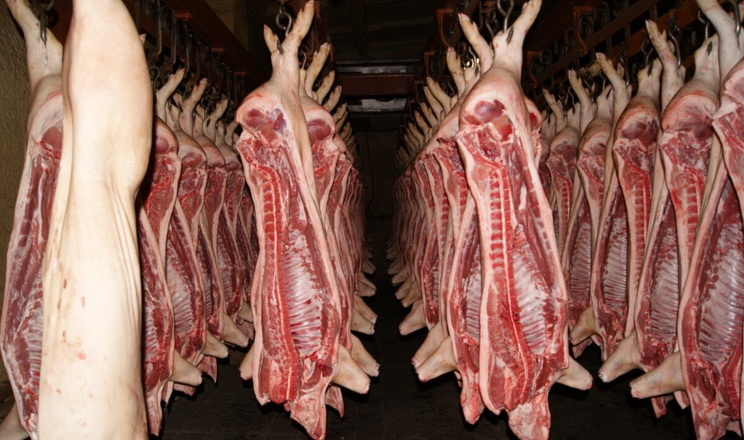Brazilian pork exports reached 102.4 thousand tons in April

Brazilian pork exports once again registered a strong performance in April, both in terms of volume and revenue. In the month, Brazil exported 102.4 thousand tons (fresh + industrialized), an increase of 16.5% over the 87.9 thousand tons registered in April 2022. The first point that draws attention is that the volume sent to China slowed down, but even so the consolidated volume in the month was strong, signaling that Brazil has managed to expand negotiations with other markets, which is important, reducing a little the dependence on the Chinese market. Of course, China still occupies a prominent role, and any sharp deceleration would impact not only export numbers but also domestic availability. In April, 33.682 thousand tons were exported to China, which corresponds to a 32.9% share of the total. That was the second-worst volume shipped to China in the last 11 months.
When considering only the first four months of this year against the first four of 2022, China expanded purchases from Brazil, however, in the first months last year China was little active in purchases and paid weak prices.
It is natural that China acts with less intensity in imports at this moment since its pig farming has been in crisis. The large supply surplus puts pressure on prices throughout the production chain, from piglet to pork. The cost of production in China is high, leading inefficient producers to leave the market. Thus, the trend is that the Chinese will not act so aggressively in pork purchases in the global market in 2023 until their market finds a balance point.
The second main destination for Brazilian pork in April was Hong Kong, with 13.733 thousand tons. The second positive point in the numbers for April is the Philippines, which again emerges in the top positions in terms of shipments, with 9.4 thousand tons. The Philippines is still facing the consequences of African swine fever in its market. Local production is in the process of recovering, but not at an accelerated pace, and there will be a meat supply gap to be filled in 2023. Other positive points in terms of volume were: Japan, which historically is not a traditional buyer, imported 3.849 thousand tons; Mexico imported 1.823 thousand tons in the month. Mexico’s number is not something that changes the market, but the country had never imported good volumes from Brazil and it is participating now, after recent accreditations. It is worth noting that Mexico historically buys from the US due to logistical issues.
The average price per ton exported by Brazil was USD 2,431.64 in April 2023, up 12.1% from the USD 2,168.30 registered in the same month last year. Revenue stood at USD 249.047 mln in April 2023. Both the price per ton and the revenue set the best results for the first third of the year.
With April data, the volume of pork exported by Brazil totaled 372.57 thousand tons in the first four months of 2023, up 16.53% from the 319.71 thousand tons registered in the same period last year. The revenue of the 4-month period was USD 889.2 mln, an increase of 30.65% compared to the USD 680.6 mln registered in the same period of 2022. It is worth noting that the price per ton was depressed in the first months of 2022, with China’s retraction.
Read also
Wheat in Southern Brazil Impacted by Dry Weather and Frosts
Oilseed Industry. Leaders and Strategies in the Times of a Great Change
Black Sea & Danube Region: Oilseed and Vegoil Markets Within Ongoing Transfor...
Serbia. The drought will cause extremely high losses for farmers this year
2023/24 Safrinha Corn in Brazil 91% Harvested
Write to us
Our manager will contact you soon



